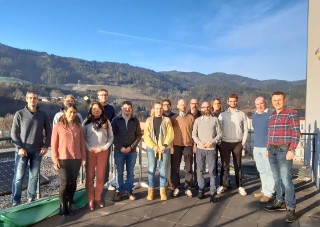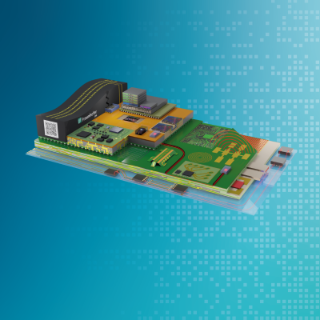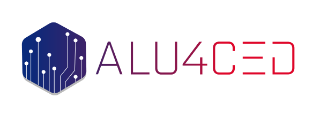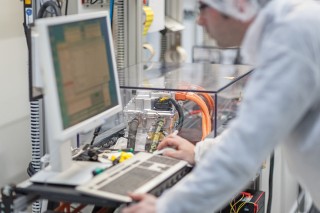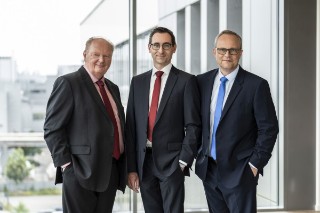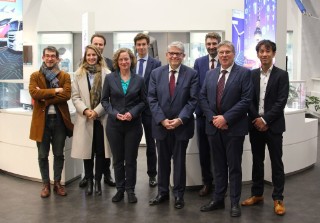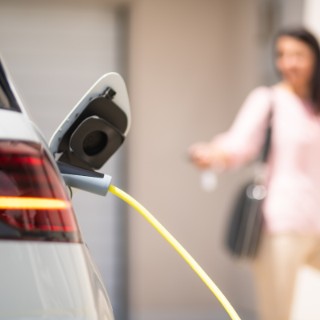
Spring is here and with it, the subtle hum of insect life begins to rise again. Hopefully. Imagine a world where no bees are buzzing around our gardens, no dung beetles or flies recycling the planet’s waste. Sadly, this is not a dystopian science fiction story: research studies conducted in Germany have described more than 75% decline in insect biomass over 27 years. However, insects are one of the most powerful environmental indicators on the planet, providing real-time insights into ecosystem health, climate shifts, and industrial impacts. That´s why Collette Wasielewski (Designer, Marketer and Bug Fanatic) and Tom Cox (Sustainable Technologist and Software Developer) created SPAIA (Society of People Against the Insect Apocalypse). The team is currently working with scientists and advisors from the Start-A-Factory at Fraunhofer IZM, Harper Adams University, and others on an open-source system designed to gather the world’s insect data and make it accessible to everyone who needs it.
more info Fraunhofer Institute for Reliability and Microintegration IZM
Fraunhofer Institute for Reliability and Microintegration IZM
